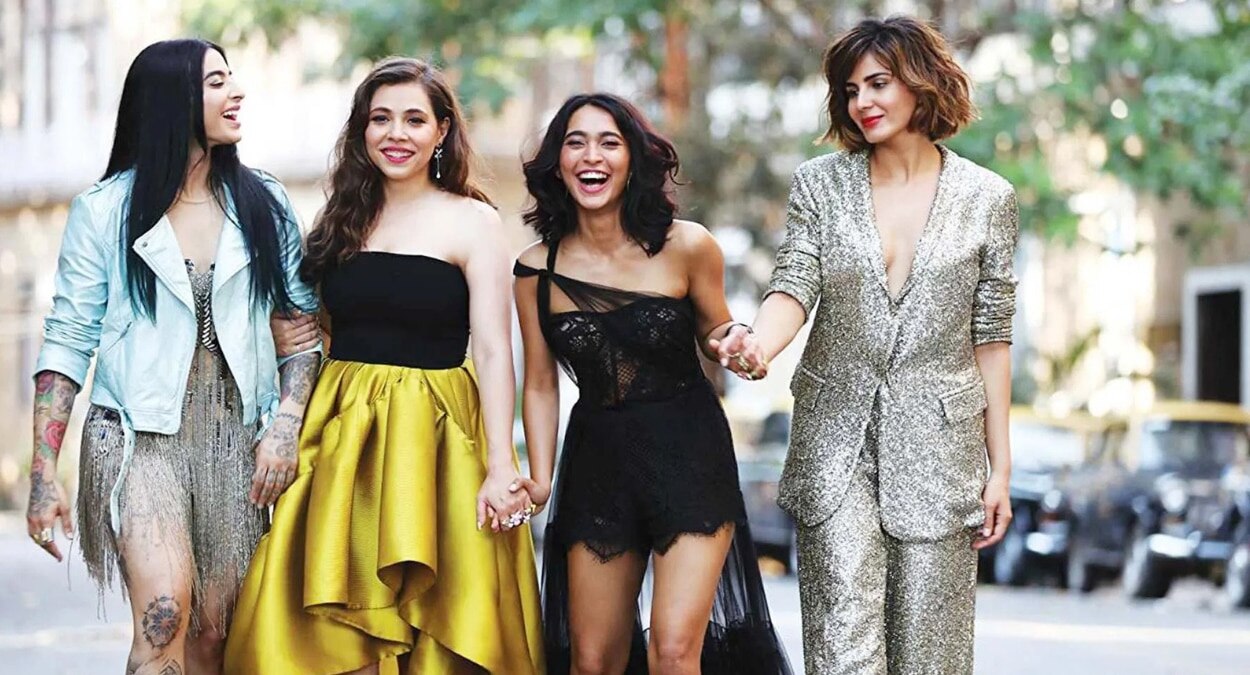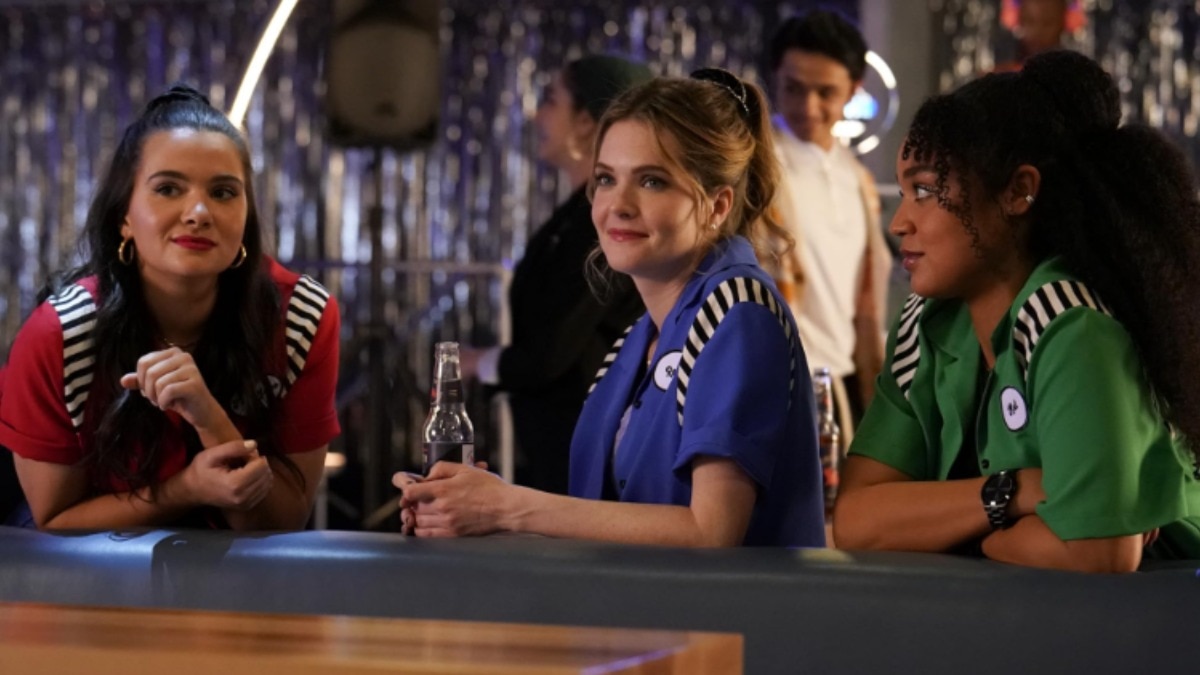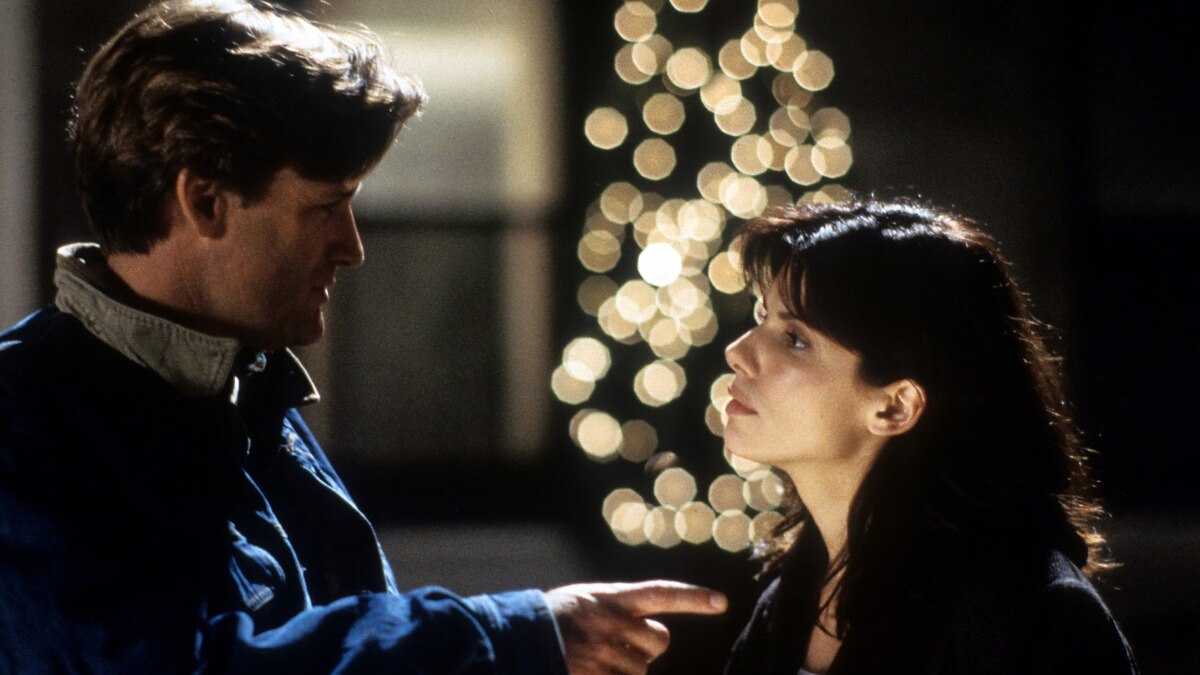The power of sisterhood: How a '70s Black women’s writing group paved the way for revolutionary literature
Think writers like Nana Maynard, Ntozake Shange, Louise Meriwether, Vertamae Smart-Grosvenor, Alice Walker, Audrey Edwards, June Jordan, and Toni Morrison.


The first thing I knew about writers was that you could not trust them in a group. My older sister is a writer. She went to the University of Iowa for playwriting, and by then, as a precocious teen, I knew it was where the supposedly best novelists studied in the fiction programme. “Oh, the fiction writers won’t even talk to us,” my sister told me. “They stay by themselves. And the way they find out if they are doing badly is by their mailboxes. If they don’t like your work, they move your space around so everyone knows it and you lose your funding.”
Was this true? Had she been joking? It didn’t matter. I knew by then that I, too, desperately wanted to write. It would be embarrassing, I thought, having your artistic work reduced to a mailbox assignment, but it would be a deeper, more troubling thing to discover you were the type of person who would abide by that humiliation. If that’s what being in a community of writers was, I didn’t want any part of it.

I am lucky enough to say that my life as a writer and my relationship with other writers have been different. I’m part of a community I can trust implicitly, where I can confess some tender insecurity or just a rant about a book I irrationally envy. But that kind of jockeying for power, that relentless attention to an imaginary pecking order that skims just above actual talent, makes me wince, gives me the same light-headed feeling that comes from drinking too much rum.
My former self would think I’m a Pollyanna now because of the value and support I derive from my fellow writers. A life in the arts can feel impossible; when you are beginning to reach for it, it’s easy to convince yourself the only way forward is to go alone. The idea of finding others—of being read, that is to say, of being understood—can feel like an impossible dream, a risk that would cost too much to take.
For the past few years, a photograph has circulated on social media of a Black women’s writing group from the 1970s called the Sisterhood. Pictured are the writers Nana Maynard, Ntozake Shange, Louise Meriwether, Vertamae Smart-Grosvenor, Alice Walker, Audrey Edwards, June Jordan, and Toni Morrison—all the current patron saints of literary culture, before they were anointed, when they were working artists. It has been a source of fascination for so many: What would it have been like to be read by a fellow genius? When I see it appear, as it does every few months or so, it’s a reminder of what it means to work at making culture when the mainstream literary world does not even recognise you.
The Sisterhood writing group formed as the wave of revolutionary rhetoric and organising of the ’60s crested into something else. It came from the “Black power movement and the women’s movement, out of either the rubble or the structures of both of those movements,” professor Noliwe Rooks tells me. Rooks is the chair of the Africana Studies department at Brown University. Of the members of the Sisterhood, she says, “They weren’t brands, and they weren’t celebrities.” The group served, Rooks posits, as a critique of the idea that there could be only one great Black woman writer in a generation. The Sisterhood insisted on multiplicity. A generation earlier, James Baldwin and Richard Wright had circled each other warily, cognisant of the scrutiny of the larger white literary world. The Sisterhood, at least at its start, rejected the myth of the one and only. This is evident in Morrison’s work as an editor at Random House, where she published works by Angela Davis and Henry Dumas, and Walker’s promotion of fellow Black female writers to publications and editors. It’s there in members’ archived syllabi, where we can see them assigning one another’s work to their students, long before that work was considered part of any canon.
Crucially, their writing “wasn’t just about holding white people accountable,” Rooks points out to me. Artists from marginalised identities have to ask themselves who their audience is; are they creating for the mainstream, an incessant plea to be recognised as fully human? Or are they creating for themselves and their compatriots, refusing translation to footnote themselves? The members of the Sisterhood produced wildly different work across all genres—literary fiction, memoir, travel writing, food writing, and poetry—but the one thing that united their outlook was this refusal to create for that other gaze. First and foremost, they were experiencing the thrill of creating for one another.
Nowadays, so many of us spend our time trying to shame white institutions into publishing more of us and paying us more. The members of the Sisterhood took a different approach. They imagined an infrastructure that might carry their work on to those who would actually read and understand it. Creating conferences, film festivals, and reading groups to discuss their work was as important as what they did on the page. It was, in fact, imperative in a wider culture that implicitly didn’t believe Black women capable of intellectual labour. It was toil that was rarely explicitly publicly acknowledged. “Black feminists’ practice isn’t always a public-facing, recognisable work,” explains Autumn Womack, assistant professor of English and African American studies at Princeton University. Womack is also the curator of a new exhibition of Morrison’s papers at the university’s library. The Sisterhood found immense value in doing the work that was unseen, that was not immediately published, disseminated, or consumed by a wider culture intent on misunderstanding it. For me, this feels especially poignant in a literary landscape where the concept of “exposure” hovers like a talisman.
I think the photograph remains so powerful because it represents a fantasy that even its subjects couldn’t maintain for long. The Sisterhood ceased to convene as a writing group by the 1980s, as its members’ artistic lives changed, though pieces of its spirit would enliven American literary culture for decades to come. Now the laughing women in the photograph are icons, their faces printed across tote bags, the prose they worked so hard to create excerpted, sampled, cut up, and cited. This is not necessarily a bad thing, but their sanctification means it’s easy to miss what these women were to one another: a listening ear, a second reader who understood the totality of spirit and personhood and history and empire these women were writing against and about and who had the respect to give those brilliant ideas an honest edit.
This piece originally appeared in Harper's Bazaar US










